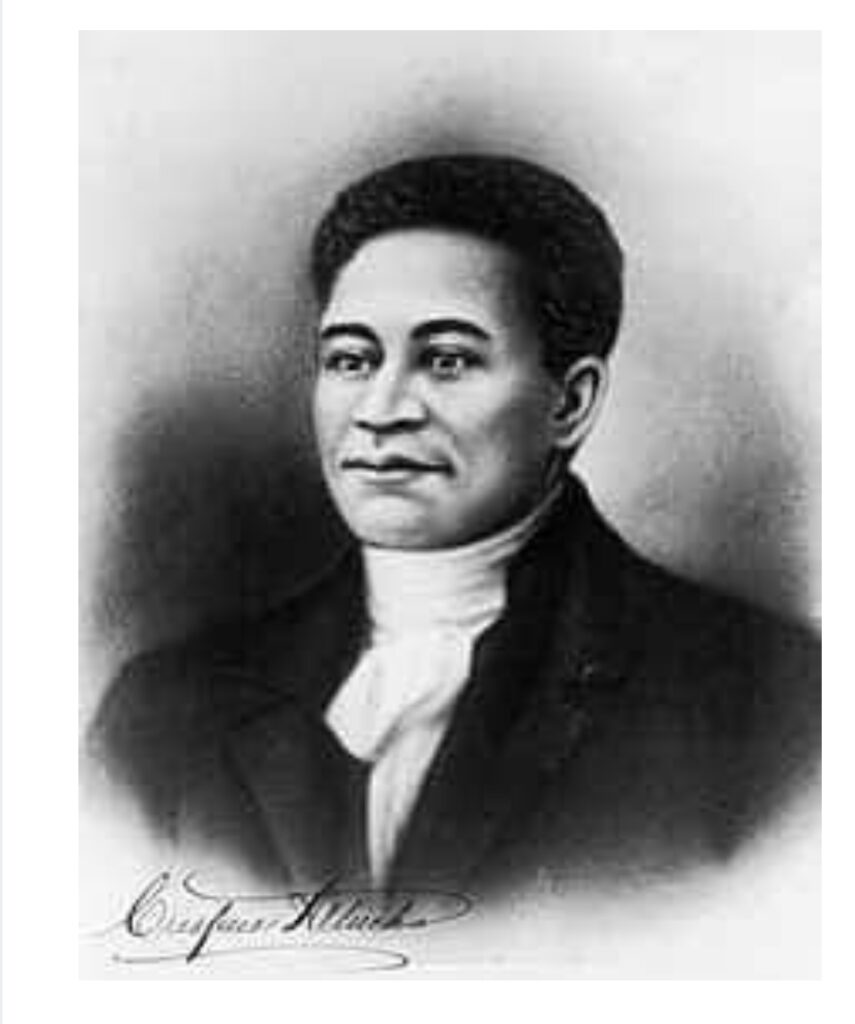
Crispus Attucks was born about 1723 and died March 5th, 1770. He was a dockworker in Boston of African, Native American of the (Wampanoag) Tribe, and possibly European descent (due to one of his possible Natick ancestors being half European). He is believed to be the first person killed during the Boston Massacre which makes him the first American killed in the American Revolution.
The massacre occurred when a British soldier chastised a young boy for complaining that the officer did not pay a barber bill. As a result, a group of colonists which included Attucks confronted a group of soldiers.
Attucks was killed in the confrontation along with 4 others. Six others were wounded. Attucks’ body was brought to Faneuil Hall where it lay in state until Thursday, March 8th. Bostonians regarded Attucks as a martyr for the American cause for independence.
His gravesite can be located at the Granary Burying Ground located on Tremont Street, Boston MA. He was buried together with the other victims of the massacre. The stone is located near the entrance (close to the street).
As an African American patriot Crispus Attucks represents the 5,000 African American soldiers who fought for an independent America. As a man of African descent, Attucks became an icon of the anti-slavery movement in the early nineteenth century as a hero who stood up and died defending his freedom and rights.
As a slave living in Framingham, Massachusetts he developed an appreciation of freedom and at age 27 he ran away from his Master William Brown. The abolition movement started in 1688 when German and Dutch Quakers denounced the practice. The first abolitionist group was the Pennsylvania Abolitionist Society created in 1775.
In 1787 Benjamin Franklin became president of the Society and for the first time petitioned Congress to abolish slavery and its trade on moral grounds. The petition was immediately rejected by pro-slavery congressmen mostly from the south.

In Stevie Wonder’s song, “Black Man,” the lyrics include; “First man to die for the flag we now hold high was a black man.” The lyrics pay tribute to this great American patriot.
We hope that you have enjoyed reading our blog on the “From Yesterday to Tomorrow: Exploring the Journey of History”. If you enjoy this blog please let us know in the comments below. If you are interested in history, we recommend you check out our other blogs here on the “world history and local gist”. Thank you for reading.










Leave a Reply